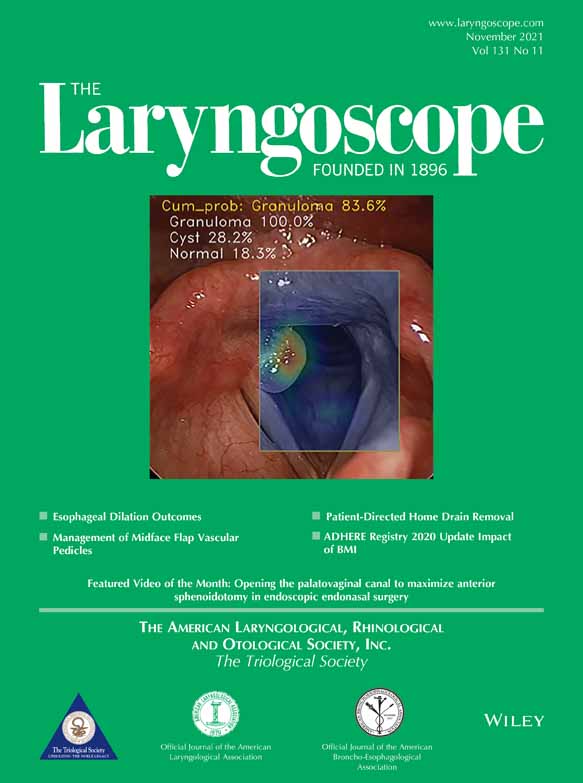Evaluating YouTube Videos on Hypoglossal Nerve Stimulation as a Resource for Patients
Editor's Note: This Manuscript was accepted for publication on July 27, 2021
Dr Boon and Dr Huntley both have consulting relationships with Inspire Medical Systems and receive research support from Nyxoah and Inspire Medical Systems. Neither Inspire Medical Systems nor Nyxoah had a role in conducting this study. The authors have no other funding, financial relationships, or conflicts of interest to disclose.
Abstract
Objectives/Hypothesis
This study evaluated the quality and comprehensiveness of YouTube videos on hypoglossal nerve stimulation (HNS) for patients. This study also investigated the relationship between video content, video metrics, and popularity.
Study Design
Cross-sectional study.
Methods
We identified 150 videos using three search terms: “inspire sleep apnea,” “hypoglossal nerve stimulation,” and “upper airway stimulation.” Videos that were unrelated to the use of HNS for obstructive sleep apnea in adults, operating room recordings, lectures for medical professionals, non-English, or non-audio were excluded. Video quality and comprehensiveness were assessed using modified DISCERN criterion (range: 5–25) and novel content criterion (range: 0–12), respectively. Secondary outcomes included video metrics (views, likes, dislikes, comments, and days since upload) and Video Power Index to measure popularity. Outcomes were stratified by video uploader source (medical institutions, medical companies, individual users, other).
Results
Users searched YouTube for “inspire sleep apnea” 2.48 times more in 2020 than in 2018. We identified 67 videos for review, with the majority coming from medical institutions (70.2%). Overall, the average-modified DISCERN (13.65 ± 4.88) and novel content (3.87 ± 2.09) scores were low and did not differ between medical institutions or other uploader sources. Higher quality and more comprehensive video content did not correlate with popularity.
Conclusion
Overall quality and comprehensiveness of information of HNS YouTube videos was low. Given the high demand for information on HNS, there is opportunity for medical institutions to implement new strategies to improve both video content and visibility to patients.
Level of Evidence
NA Laryngoscope, 131:E2827–E2832, 2021




